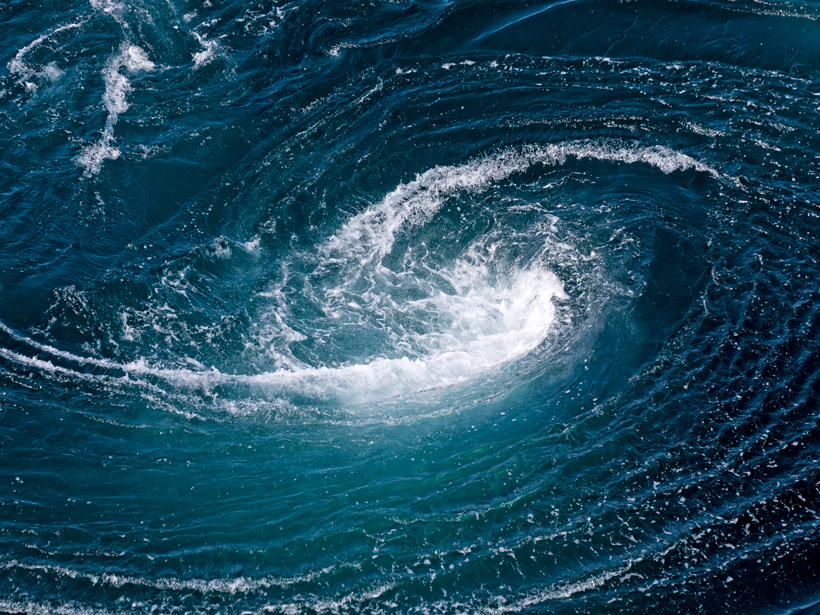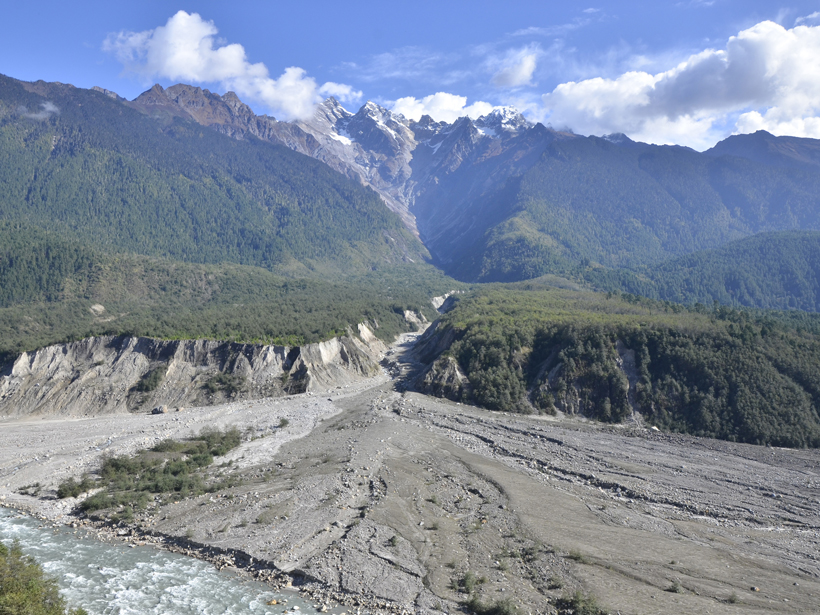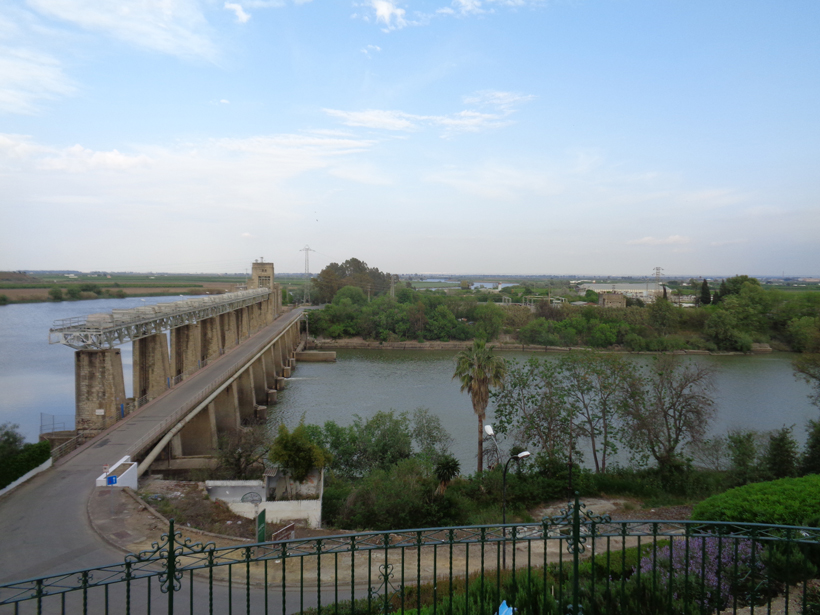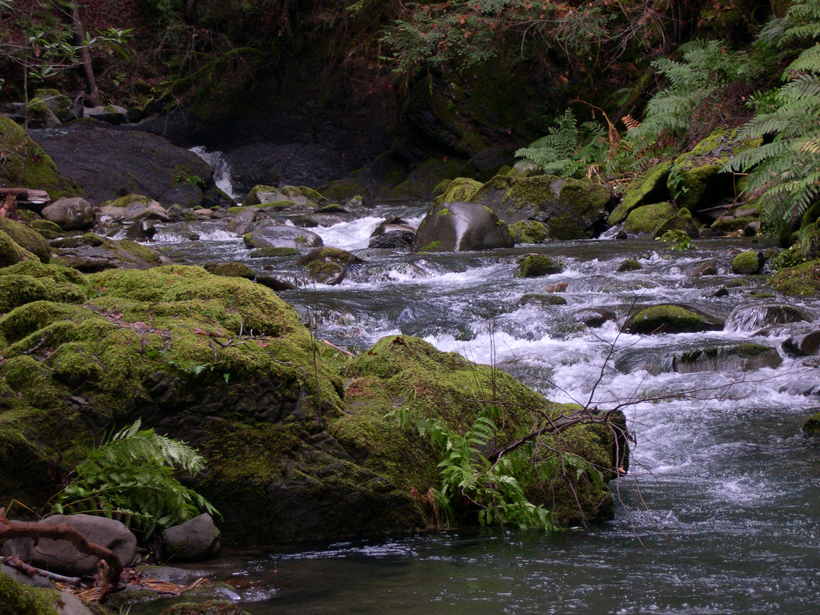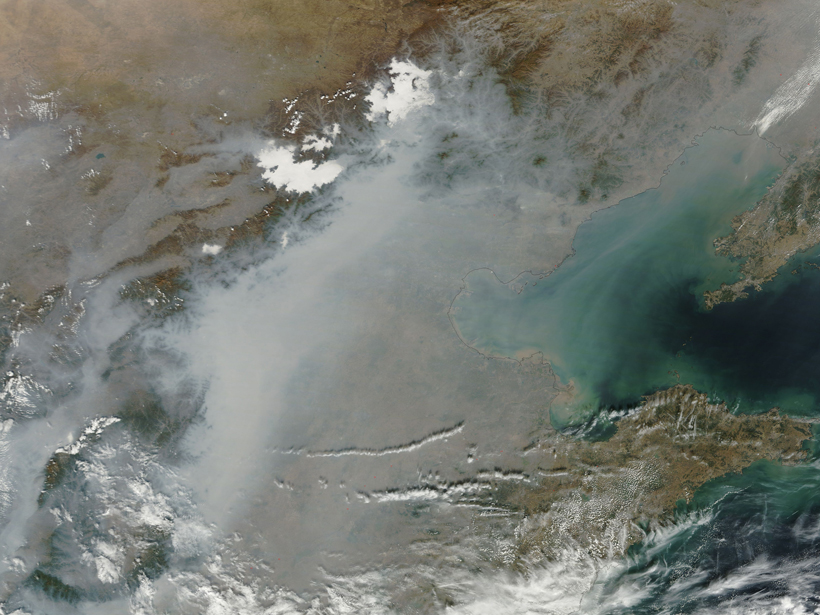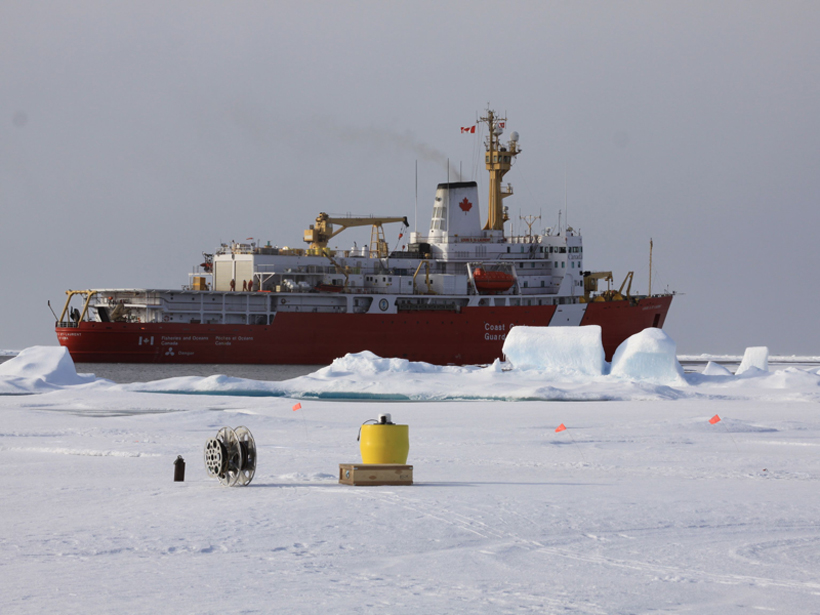A new study tracks two ocean eddies passing over the Pacific Ocean's Izu-Ogasawara Ridge.
Research Spotlights
Research spotlights are plain-language summaries of recent articles published in AGU’s suite of 24 journals.
What Causes Rock Avalanches?
Experimental studies of frictional weakening beneath a deadly rock avalanche in China help to clarify the mechanisms that cause these devastating natural disasters.
Dam Discharge Events Alter Water Flow in an Estuary in Spain
Three-year observations suggest that increased sediment concentrations inhibit vertical transfer of momentum between water layers for more than 2 months after a high-discharge event.
Lab Tests Probe the Secrets of Steep and Rocky Mountain Streams
Researchers built a glass-encased test environment that helps them assess streamflow without the confounding factors introduced by bed forms.
Could Stratospheric Ozone Depletion Make Hadley Cells Expand?
Convection-driven Hadley cells are expanding poleward. Scientists now may have uncovered part of the reason why.
La Niña Subtype May Have a Big Impact on Aerosols in China
During a newly identified "flavor" of La Niña called La Niña Modoki, aerosol concentrations over different regions of eastern China may depend heavily on the strength of the event.
An Improved Model of How Magma Moves Through the Crust
Researchers have developed a new numerical model that can, for the first time, solve for both the speed and the path of a propagating dike.
As Winters Get Warmer, Sugar Maples May Absorb Less Silicon
Rising temperatures that reduce snow cover leave soils vulnerable to frost, reducing silicon uptake by trees, with potential effects on downstream ecosystems.
How Arctic Ice Affects Gas Exchange Between Air and Sea
Scientists begin to fill a major data gap by investigating carbon dioxide dynamics in a remote region of the Arctic Ocean.
Better Estimates of Clouds' Climate Effects Are on the Horizon
A recent update to an algorithm for processing satellite data could improve understanding of the variable climate effects of clouds composed of different amounts of ice and liquid.

